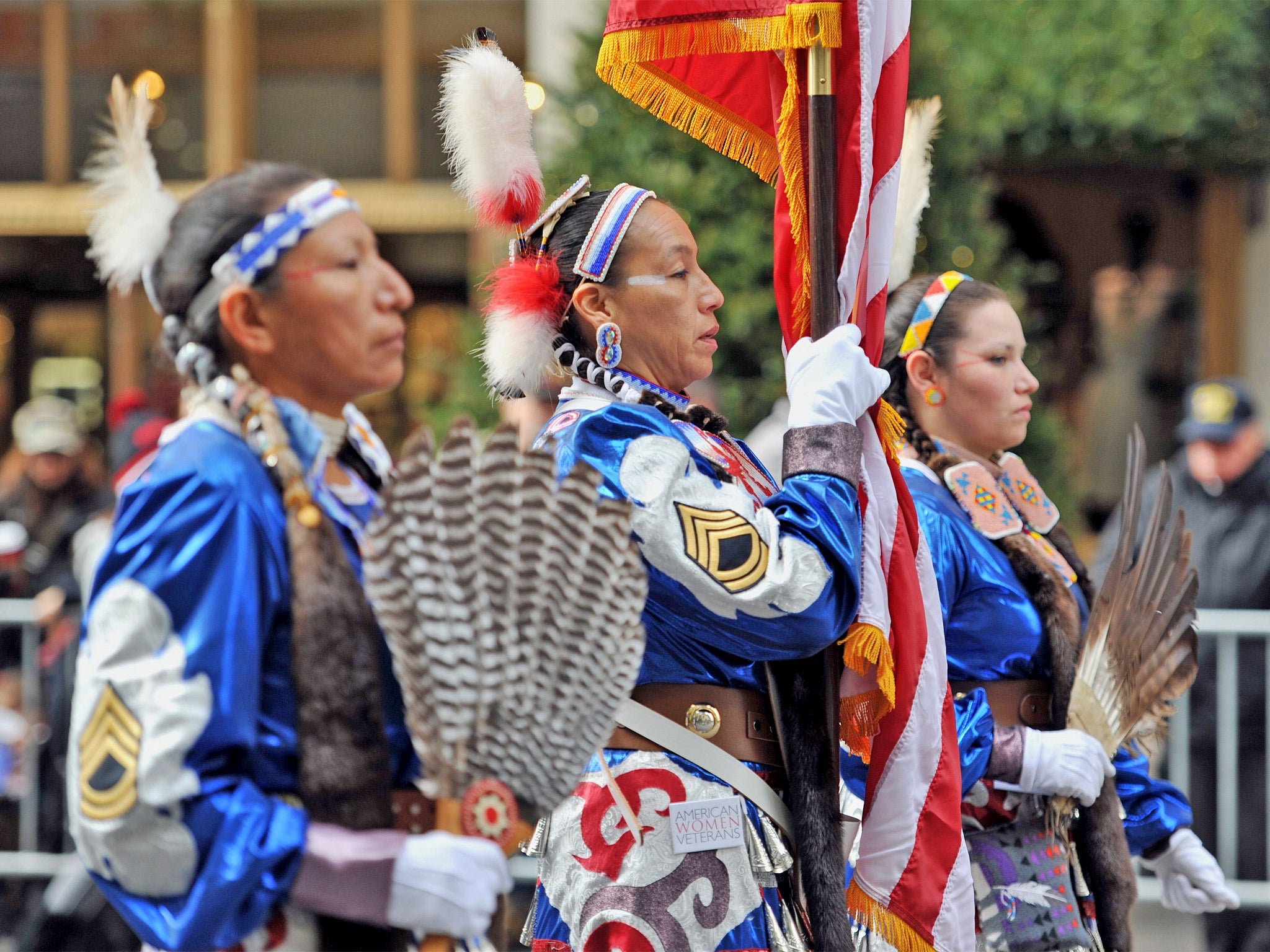First people to colonise the Americas before Christopher Columbus are linked to Europe by new DNA discovery
DNA indicates that group of Siberians must have played a key role

Your support helps us to tell the story
From reproductive rights to climate change to Big Tech, The Independent is on the ground when the story is developing. Whether it's investigating the financials of Elon Musk's pro-Trump PAC or producing our latest documentary, 'The A Word', which shines a light on the American women fighting for reproductive rights, we know how important it is to parse out the facts from the messaging.
At such a critical moment in US history, we need reporters on the ground. Your donation allows us to keep sending journalists to speak to both sides of the story.
The Independent is trusted by Americans across the entire political spectrum. And unlike many other quality news outlets, we choose not to lock Americans out of our reporting and analysis with paywalls. We believe quality journalism should be available to everyone, paid for by those who can afford it.
Your support makes all the difference.DNA extracted from the arm bone of a child who died in southern Siberia about 24,000 years ago has shed light on the origins of the first people to colonise the Americas many thousands of years before Christopher Columbus.
Scientists believe that the child belonged to a group of ancient Siberians who were the ancestors of the first Americans. Many scholars had thought that native Americans were descended solely from East Asians but now western Eurasians have been added to the mix.
Part of the child’s DNA sequence is shared only with the DNA of modern-day native Americans, and not with modern-day East Asians, indicating that a group of long-gone Siberians must have played a key role in colonising the Americas.
The child lived at the Stone Age site of Mal’ta in south-central Siberia, near Lake Baikal. The bones are kept in the Hermitage State Museum in St Petersburg, along with Venus figurines excavated from the region, which are also found at similar sites as far away as Europe.
“When we sequenced this child’s genome something very strange appeared namely that this individual seems to be consisting of western Eurasians on one side and native Americans on the other side,” said Eske Willerslev of the Natural History Museum of Denmark, who led the study published in the journal Nature.
“So part of the genome you find today in western Eurasians and part of the genome you find today in native Americans, which is unique to native Americans. But we found no evidence of East Asians,” Professor Willerslev said.
“The result came as a complete surprise to us. Who would have thought that present day Native Americans, who we learned in school derive from East Asians, share recent evolutionary history with contemporary western Eurasians?” he said.
The conventional view of how America was first colonised suggested that East Asians had migrated across a land bridge from eastern Siberia to Alaska at the time when sea levels were much lower. This was backed up by a genetic similarity between modern native Americans and East Asians.
“There had been gene flow from this Mal’ta population into those East Asians that were the ancestors of native Americans. So basically native Americans are composed of meeting of two populations, a group of East Asians and this Mal’ta western Eurasians,” Professor Willerslev said.
“It could have happened in the Old World, somewhere in Siberia obviously. But it could also have happened in the New World,” he said.
However, there are rival theories based on the idea that ancient western Europeans could have crossed the ice-fringed Atlantic by boat or that Melanesians could have sailed across the Pacific to South America, and then migrated across Central America to colonise North America.
“Some people have argued that the first people were entering the Americas about 12,000 years ago but then there has been increasing evidence that people might have occupied the Americas earlier than that, maybe something like 14,000 or even 16,000 years ago,” Professor Willerslev said.
“The traditional view is that they were East Asians crossing the Bering land bridge so to speak entering the Americas and spreading through the continent. Then other people have argued that it is western Europeans who have crossed the Atlantic into the Americas,” he said.
Join our commenting forum
Join thought-provoking conversations, follow other Independent readers and see their replies
Comments